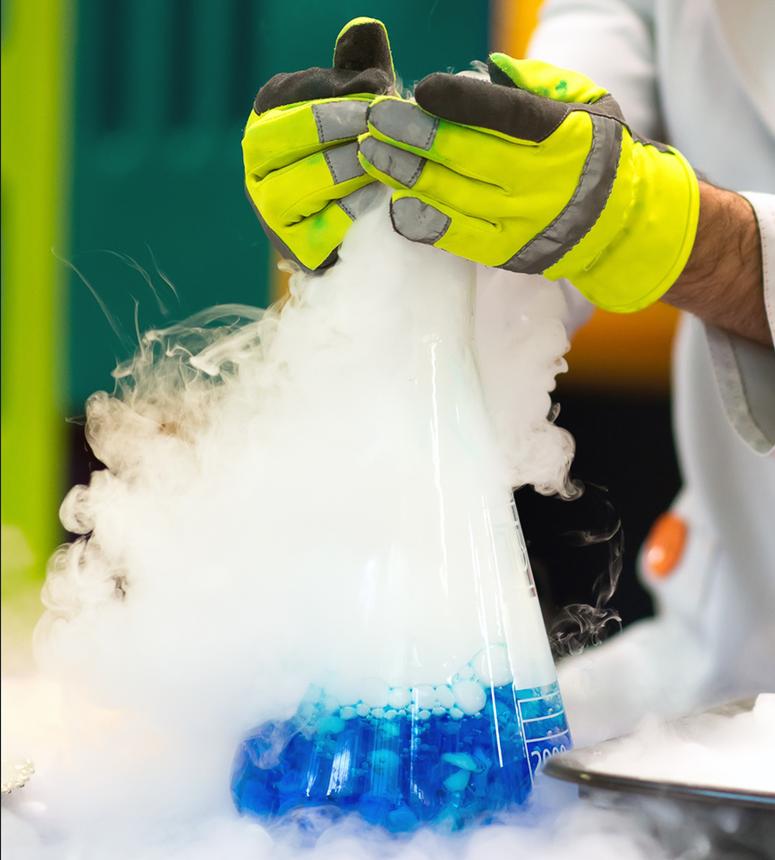By Bob Long, Founder and Executive Director at Organic Heat Exchangers, Fellow of the Institute of Refrigeration
The future of refrigerants that contribute to global warming is heading toward significant change, as governments, industries, and researchers work to phase out or reduce the use of harmful substances like hydrofluorocarbons (HFCs) and hydrochlorofluorocarbons (HCFCs). While effective for cooling, these traditional refrigerants have high global warming potentials (GWPs) and have been a major contributor to climate change.
Global regulations, such as the Kigali Amendment to the Montreal Protocol, and other similar initiatives, are pushing for a worldwide phase-out of HFCs and HCFCs. Many countries are already setting strict targets to reduce the use of high-GWP refrigerants, with national and regional policies introducing deadlines to encourage the faster adoption of lower-GWP options and alternatives – incentivising industries to adopt eco-friendly alternatives sooner. For example, the UK is phasing down HFCs by 79% by 2030.
Low GWP and natural refrigerants such as ammonia, carbon dioxide (CO₂), and hydrocarbons including propane are seeing increased adoption. They have very low or even zero GWPs and work efficiently in various systems.
New synthetic refrigerants, such as hydrofluoroolefins (HFOs), have lower GWPs and show promise in commercial applications, often with similar performance to HFCs but with much less environmental impact.
The introduction of new cooling technologies is also on the rise with, for example, solid-state cooling methods eliminating the need for refrigerants entirely, using alternative physics to create cooling effects.
In the building industry, where we have already seen the adoption of designing out waste, architecture is increasingly focusing on building designs that incorporate Passivhaus energy-efficient and cooling systems that reduce the overall demand for traditional refrigeration – thus lowering emissions that are linked to the use of refrigerants.
But, for legacy systems where harmful refrigerants are already in use, there are retrofit options to adapt the technology for lower-GWP options that will enable industries to phase out harmful substances without the need to replace entire systems, making the transition more economically feasible.
When it comes to end-of-life and disposal, better recycling programmes are being developed to properly capture and remove harmful gases, reducing the environmental impact of leaks and irresponsible dumping.
In tandem, scientists are exploring new chemical compounds with low or zero GWPs that can replace traditional refrigerants. This includes experimenting with blends and materials that might outperform current options in both safety and efficiency.
Research into making refrigerants more energy-efficient will help reduce the energy needed for cooling, cutting down on indirect emissions as well.
As the future of refrigerants is set to move away from high-GWP chemicals toward a combination of natural refrigerants, low-GWP synthetics, and novel cooling technologies, we continue with the expansion of our EnergiVault® cold thermal energy storage battery and charger system to provide dynamic cooling power for industrial refrigeration.
This first-of-its-kind, AI-driven technology has been developed to enhance operational resilience, reduce energy costs and lower carbon emissions for facilities that use water chillers to deliver their cooling requirements.
With global and national regulations driving the transition, combined with advances in cooling technology, the refrigeration industry is expected to make significant strides forwards toward sustainability and environmental responsibility in the coming years and we look forward to playing an integral role in the revolution.
